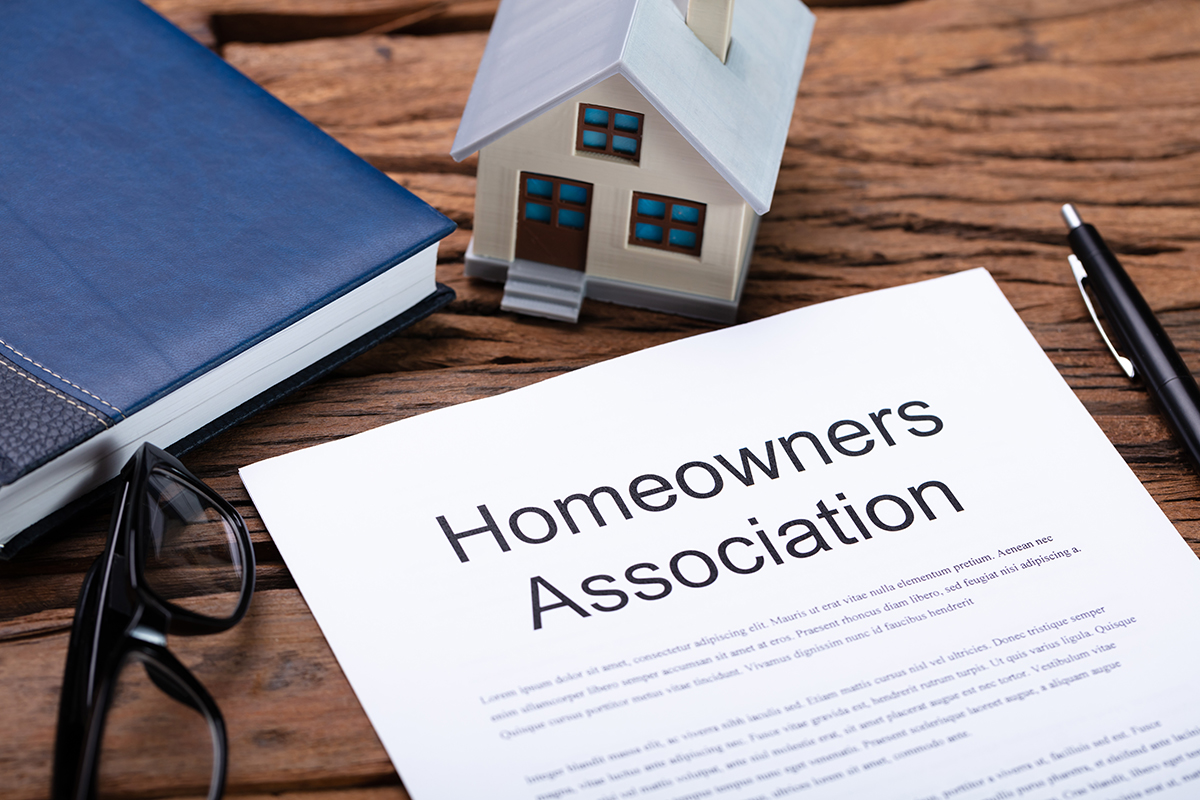Texas Legislature Reigns in Homeowners Associations

Although property owners’ associations maintain a large amount of control over the choices homeowners make for their property and the structures owners build on their property, the Texas Legislature recently limited that control.
On June 15, 2021, Texas Property Code §202.023 came into effect. This statute limits the power of property owners’ associations to prevent owners from building or installing security measures on their property. Specifically, the statute states:
A property owners’ association may not adopt or enforce a restrictive covenant that prevents a property owner from building or installing security measures, including but not limited to a security camera, motion detector, or perimeter fence.
However, there are exclusions to the statute. The statute does not apply to condominiums of master mixed-use property owners’ associations. Additionally, the statute does not prevent property owners’ associations from “prohibiting the installation of a security camera by a property owner in a place other than the property owner’s private property or regulating the type of fencing that a property owner may install.”
The statute was recently the subject of an appeal in the Dallas Court of Appeals. In Francisco Gonzalez et. al. v. Charles (Chuck) Zubarik, the Court discussed whether a restrictive covenant created by the homeowners’ association was unenforceable to prevent homeowners from building a privacy fence to prevent crime. While the covenant in that case prevented homeowners from installing structures on utility easements and it was revoked before the Court could make a decision regarding the enforceability, the implications of Texas Property Code §202.023 were brought to light.
Although the statute takes power away from property owners’ associations, it does not eliminate issues homeowners may face when taking action to build structures or install devices for security. A property owners’ association still has a right to control the type of structure homeowners build and where devices, and potentially structures, are installed. With the proliferation of both new housing developments and crime in the Texas market, the Zubarik case is likely to be the first, but not the last, recorded decision regarding §202.023.
The attorneys in our Austin and Dallas offices have significant experience addressing governing documents from homeowners’ associations and restrictive covenants. If you should have any questions or comments, please contact us at info@gstexlaw.com.
Legal Disclaimers
This blog is made available by Gerstle Snelson, LLP for educational purposes and to provide general information about the law, only. Neither this document nor the information contained in it is intended to constitute legal advice on any specific matter or of a general nature. Use of the blog does not create an attorney-client relationship with Gerstle Snelson, LLP where one does not already exist with the firm. This blog should not be used as a substitute for competent legal advice from a licensed attorney.
©Gerstle Snelson, LLP 2024. All rights reserved. Any authorized reprint or use of this material is prohibited. No part of this blog may be reproduced or transmitted in any form or by any means, electronic or mechanical, including photocopying, recording, or by any information storage or retrieval system without the express written permission of Gerstle Snelson, LLP.

